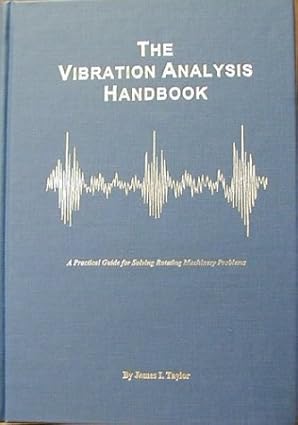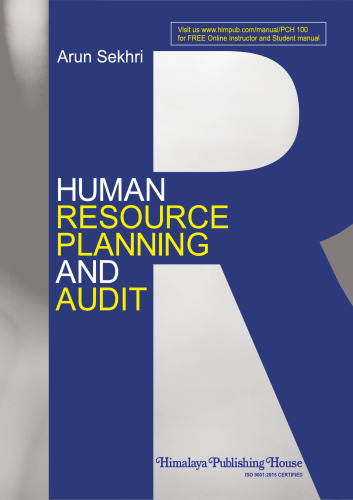The flying and handling qualities of an aircraft are those properties which describe the ease and effectiveness with which it responds to pilot commands in the execution of a flight task, or mission task element (MTE). In the first instance, therefore, flying and handling qualities are described qualitatively and are formulated in terms of pilot opinion, consequently they tend to be rather subjective. The process involved in the pilot perception of flying and handling qualities may be interpreted in the form of a signal flow diagram as shown in Fig. 1.1. The solid lines represent physical, mechanical or electrical signal flow paths, whereas the dashed lines represent sensory feedback information to the pilot. The author’s interpretation distinguishes between flying qualities and handling qualities as indicated. The pilot’s perception of flying qualities is considered to comprise a qualitative description of how well the aeroplane carries out the commanded task. On the other hand, the pilot’s perception of handling qualities is considered a qualitative description of the adequacy of the short term dynamic response to controls in the execution of the flight task. The two qualities are therefore very much interdependent and in practice are probably inseparable. Thus to summarise, the flying qualities may be regarded as being task related, whereas the handling qualities may be regarded as being response related. When the airframe characteristics are augmented by a flight control system the way in which the flight control system may influence the flying and handling qualities is clearly shown in Fig. 1.1.
چکیده فارسی
ویژگیهای پرواز و جابجایی هواپیما، ویژگیهایی هستند که سهولت و کارایی پاسخ دادن به دستورات خلبان در اجرای یک وظیفه پروازی یا عنصر وظیفه مأموریت (MTE) را توصیف میکنند. بنابراین، در وهله اول، کیفیت پرواز و هندلینگ به صورت کیفی توصیف می شود و بر اساس نظر خلبان فرموله می شود، در نتیجه تمایل به ذهنی بودن دارند. فرآیند درگیر در درک خلبان از کیفیت پرواز و جابجایی ممکن است در قالب یک نمودار جریان سیگنال همانطور که در شکل 1.1 نشان داده شده است تفسیر شود. خطوط جامد نشان دهنده مسیرهای جریان سیگنال فیزیکی، مکانیکی یا الکتریکی هستند، در حالی که خطوط نقطه چین اطلاعات بازخورد حسی را به خلبان نشان می دهند. تفسیر نویسنده بین کیفیت پرواز و کیفیت هندلینگ همانطور که اشاره شد تمایز قائل می شود. درک خلبان از کیفیت پرواز شامل توصیف کیفی از چگونگی انجام وظیفه هواپیما توسط هواپیما است. از سوی دیگر، درک خلبان از کیفیت های جابجایی، توصیف کیفی کفایت پاسخ دینامیکی کوتاه مدت به کنترل ها در اجرای وظیفه پرواز در نظر گرفته می شود. بنابراین این دو کیفیت بسیار به هم وابسته هستند و در عمل احتمالاً جدایی ناپذیر هستند. بنابراین، به طور خلاصه، کیفیت پرواز ممکن است مرتبط با وظیفه در نظر گرفته شود، در حالی که کیفیت حمل و نقل ممکن است به عنوان مرتبط با پاسخ در نظر گرفته شود. هنگامی که مشخصات بدنه هواپیما توسط یک سیستم کنترل پرواز افزایش مییابد، روشی که سیستم کنترل پرواز ممکن است بر کیفیت پرواز و جابجایی تأثیر بگذارد به وضوح در شکل 1.1 نشان داده شده است.
ادامه ...
بستن ...



![Our mission to the court of Marocco [Morocco] in 1880, under Sir John Drummond Hay - pdf Our mission to the court of Marocco [Morocco] in 1880, under Sir John Drummond Hay - pdf](https://dl.libsan.ir/images/1/12/112108724_694b9e9769312.jpg)






